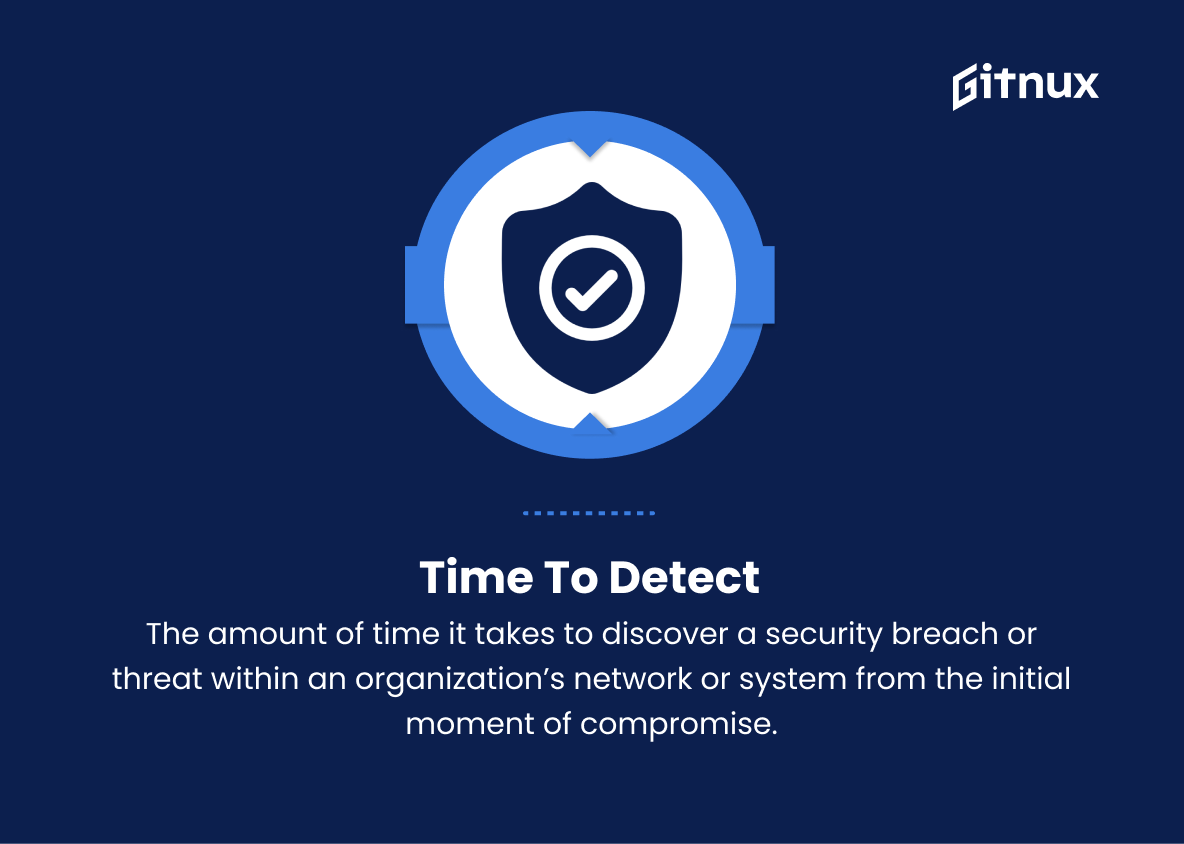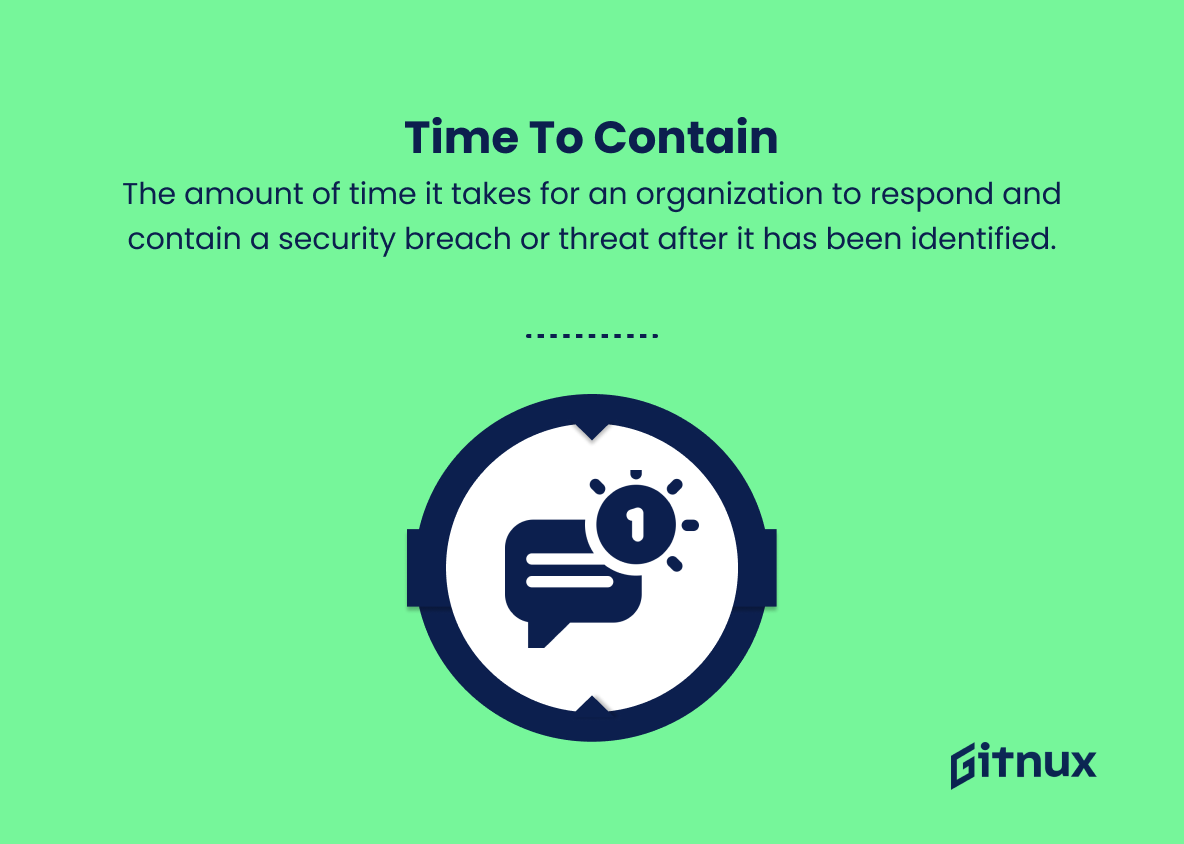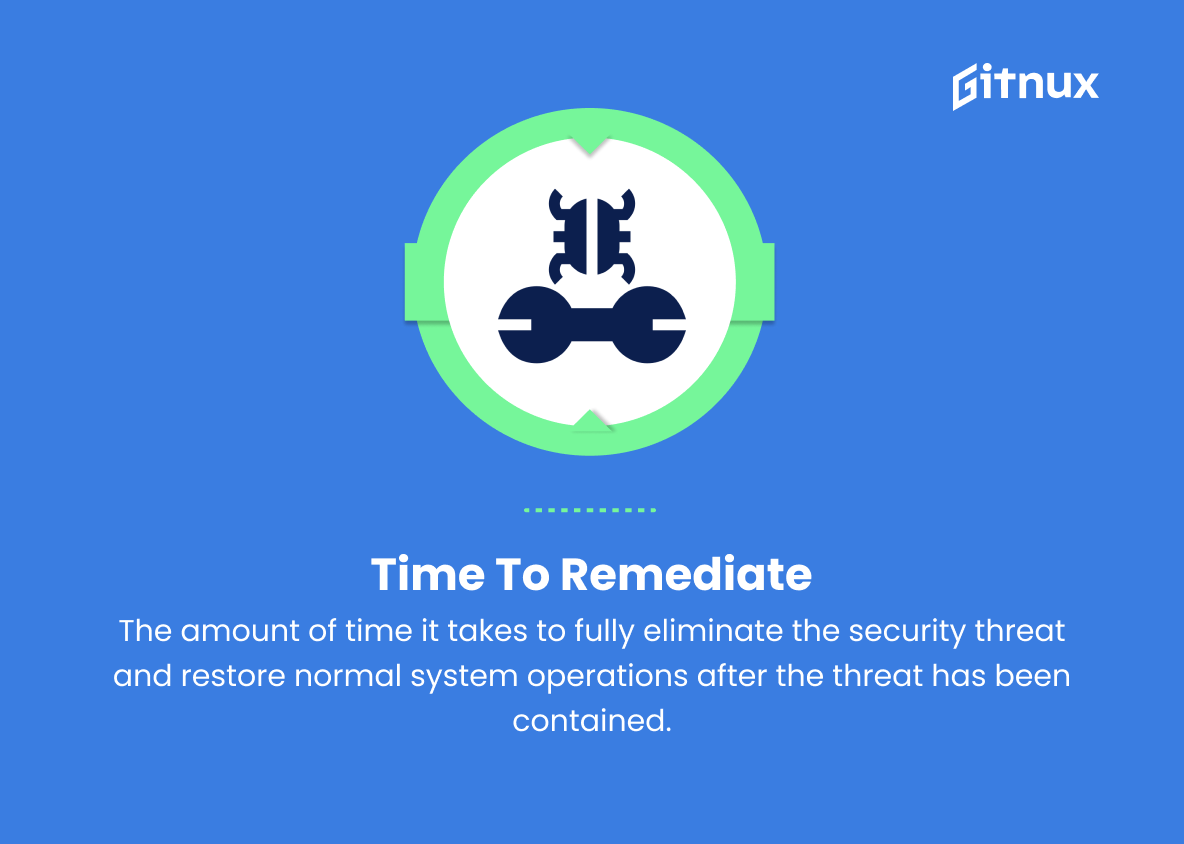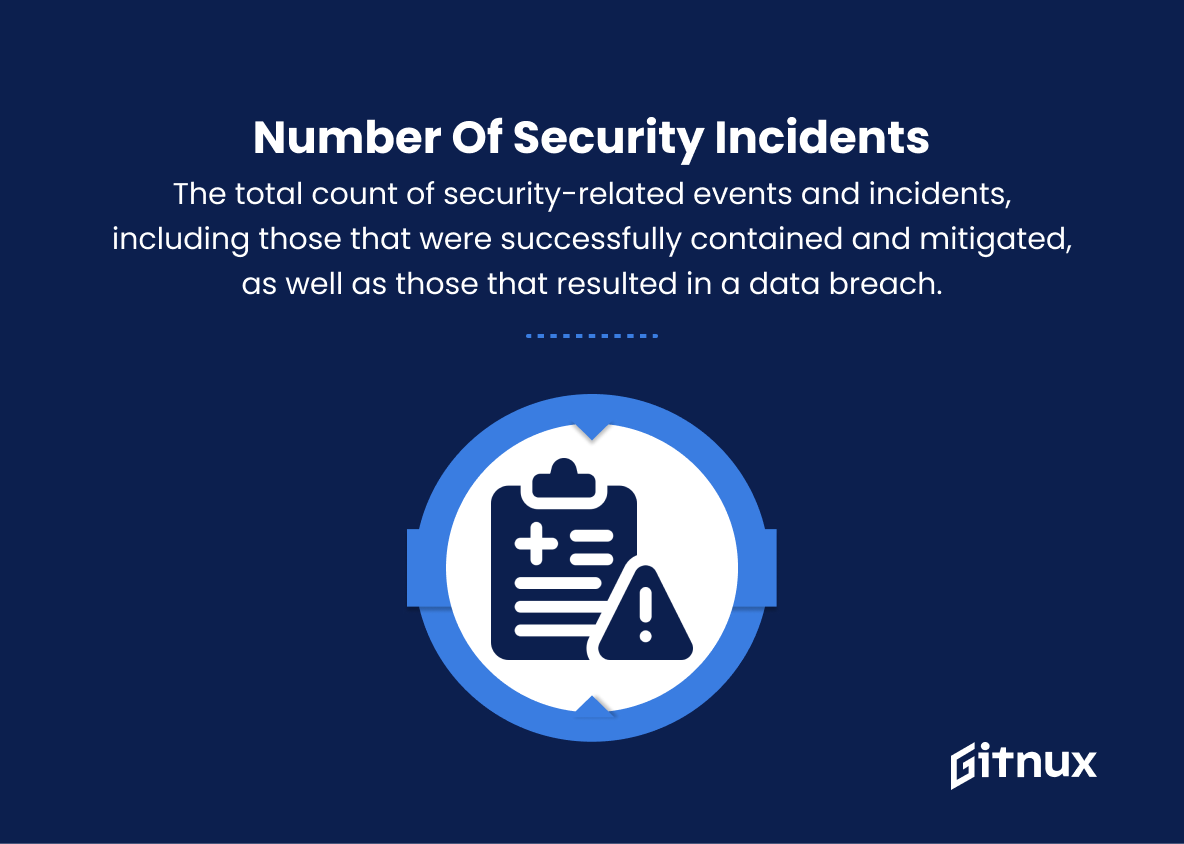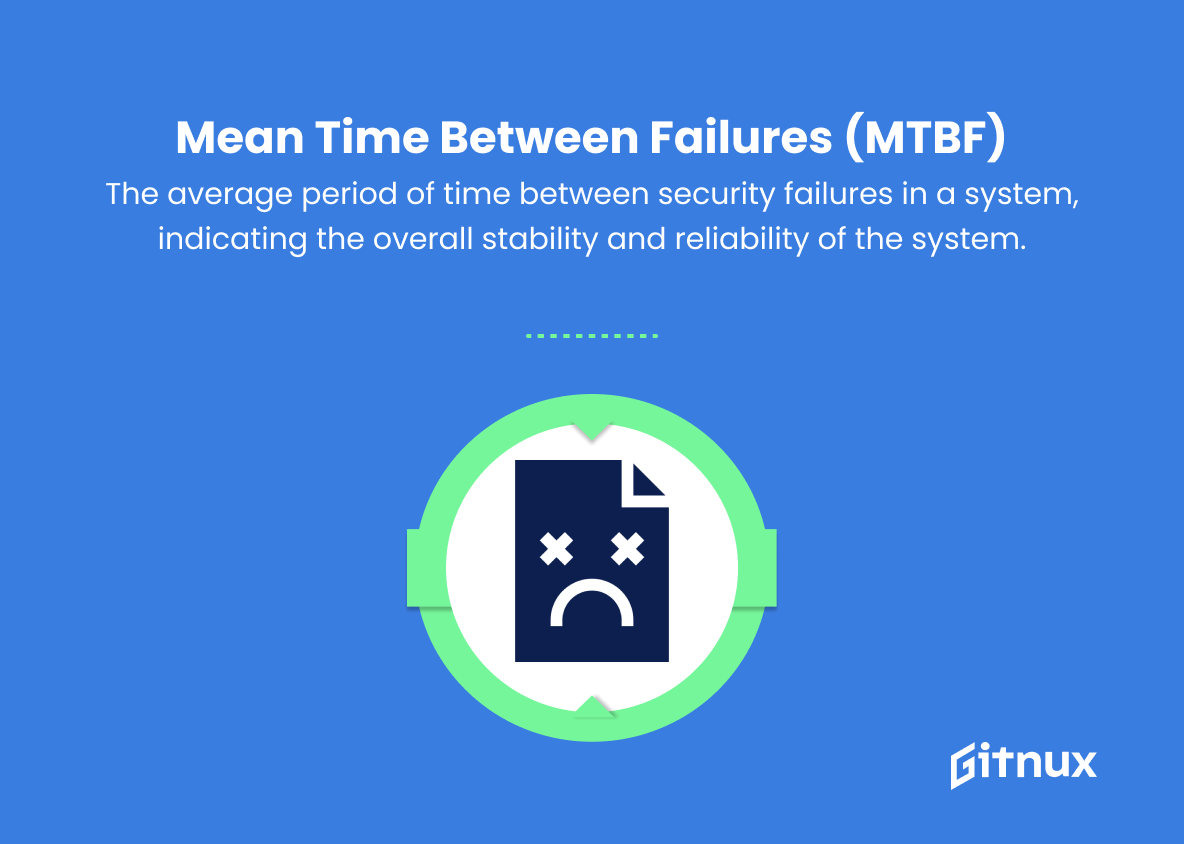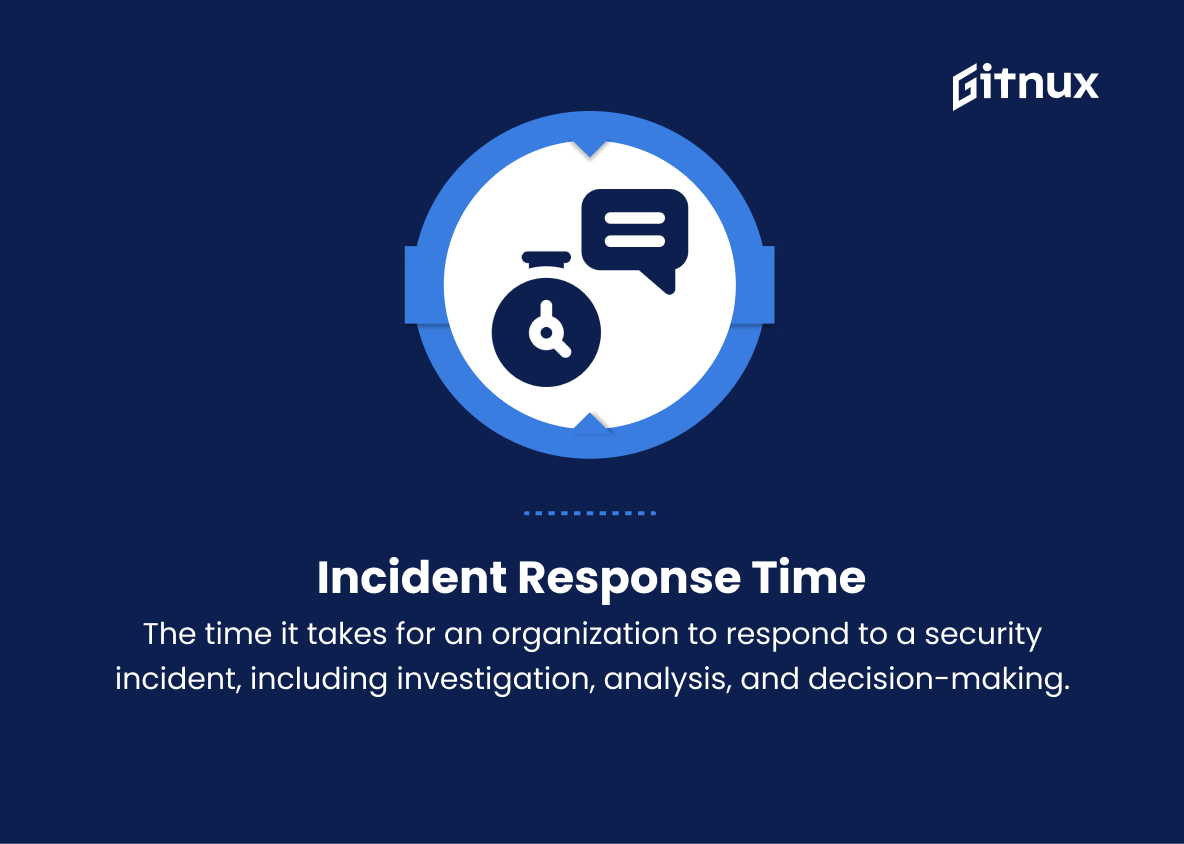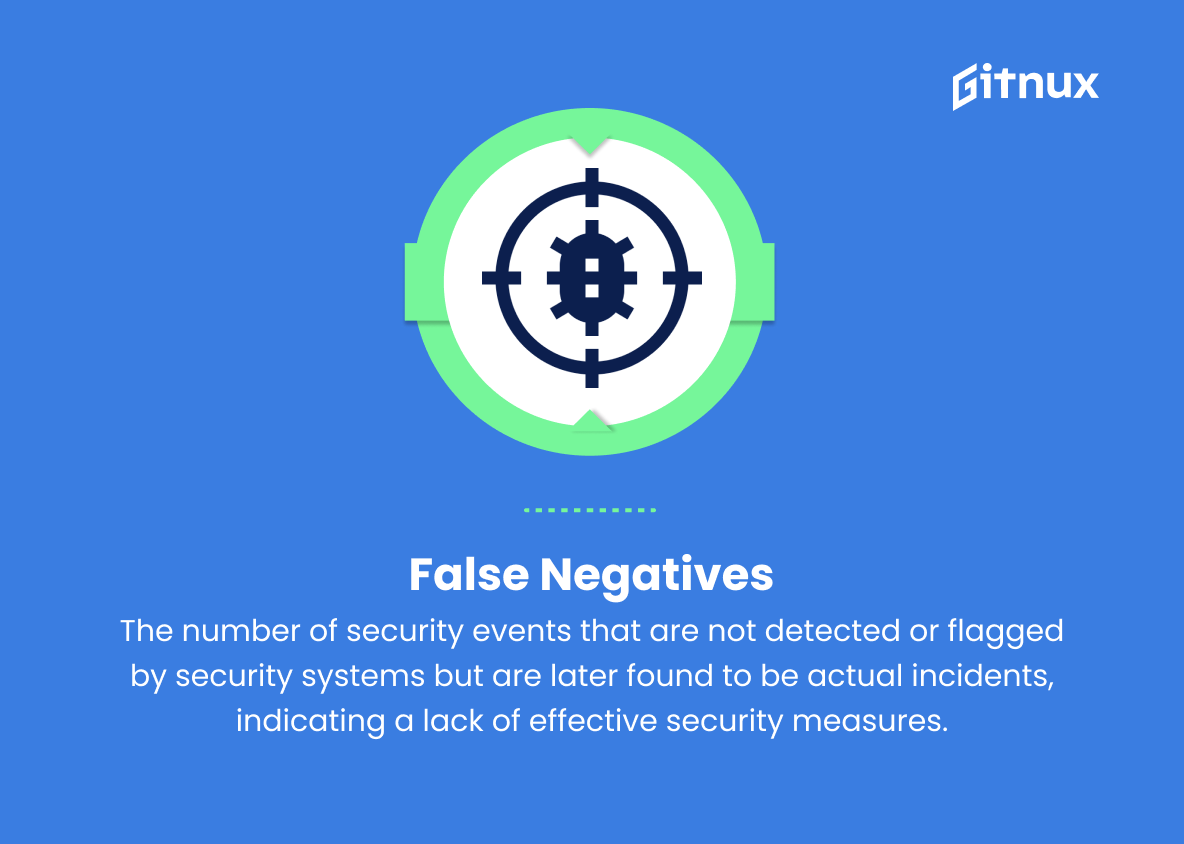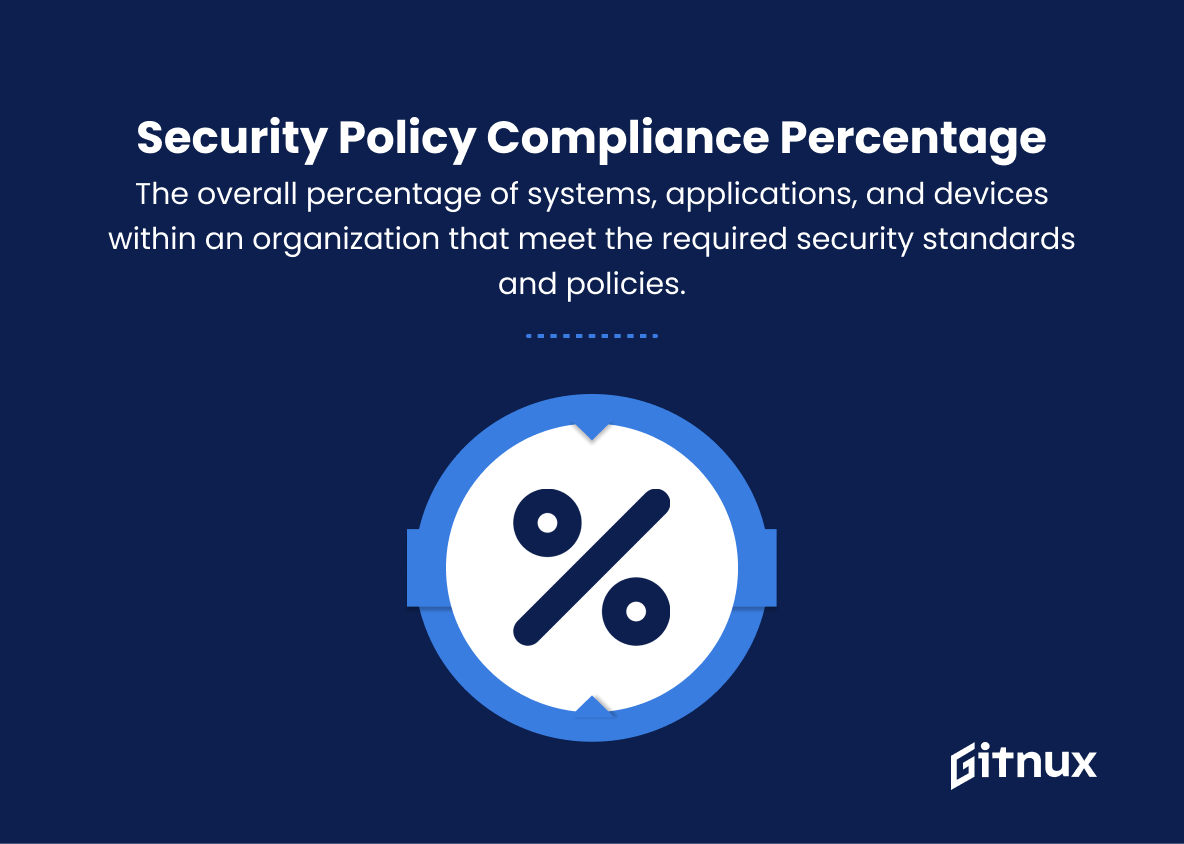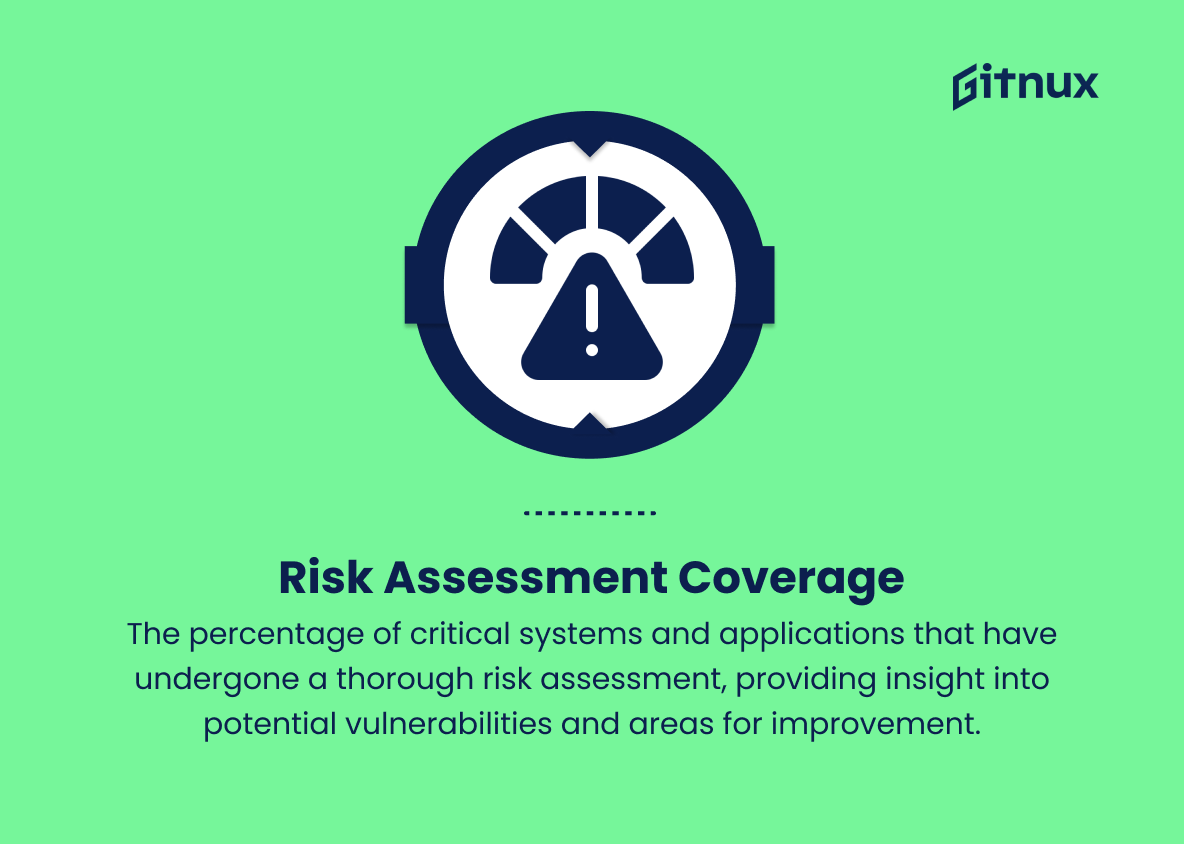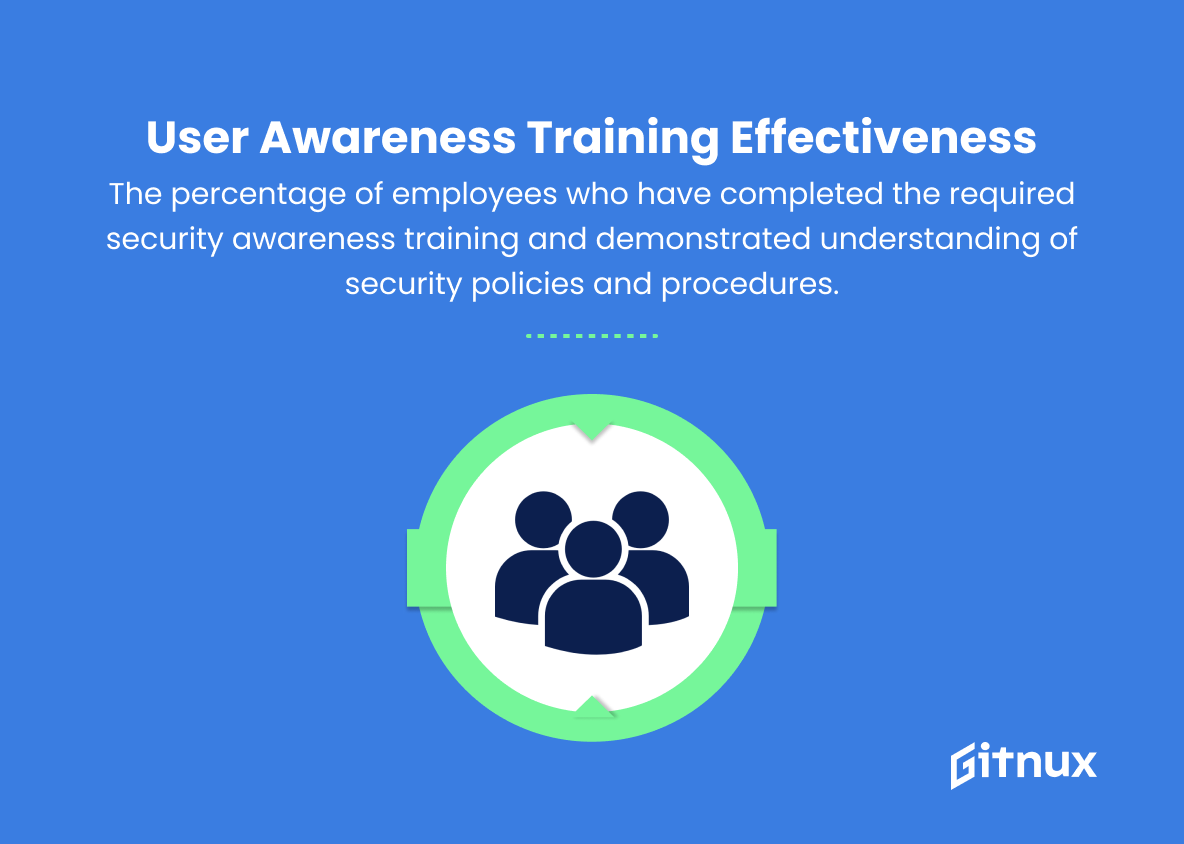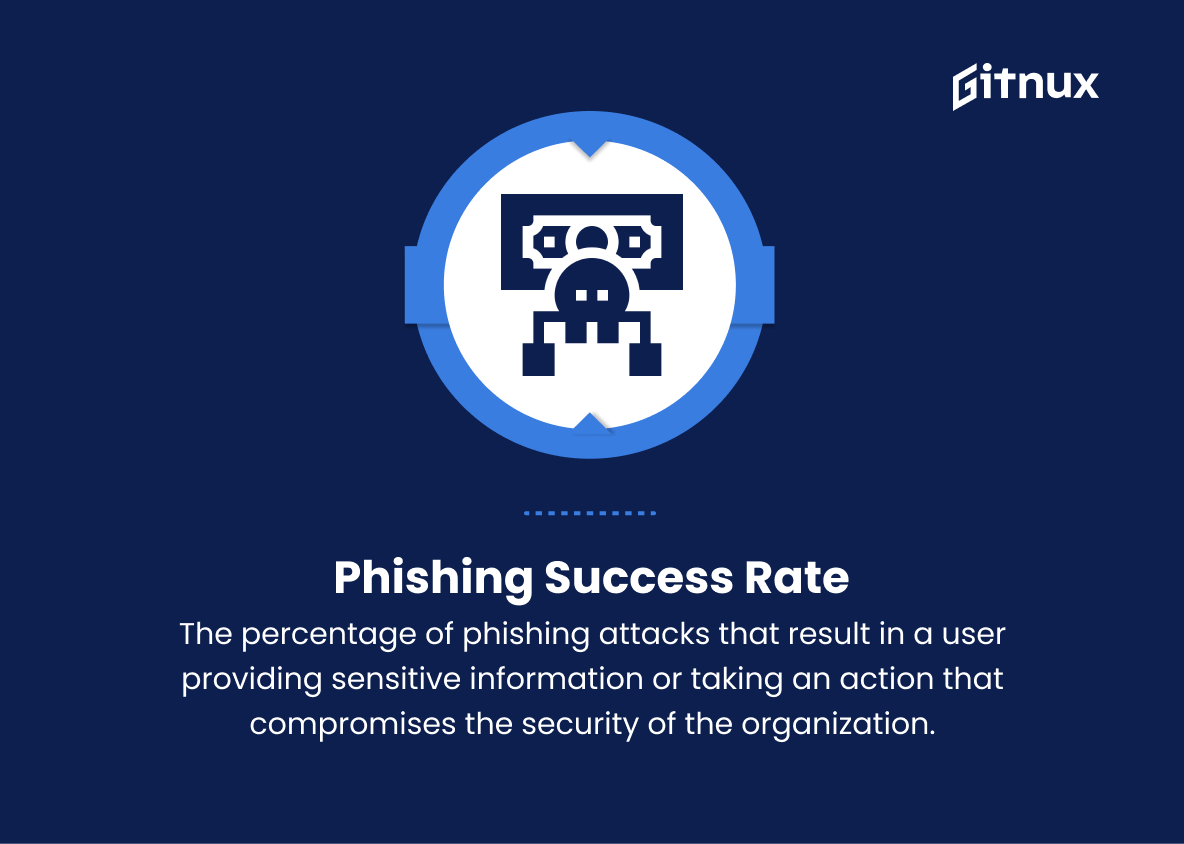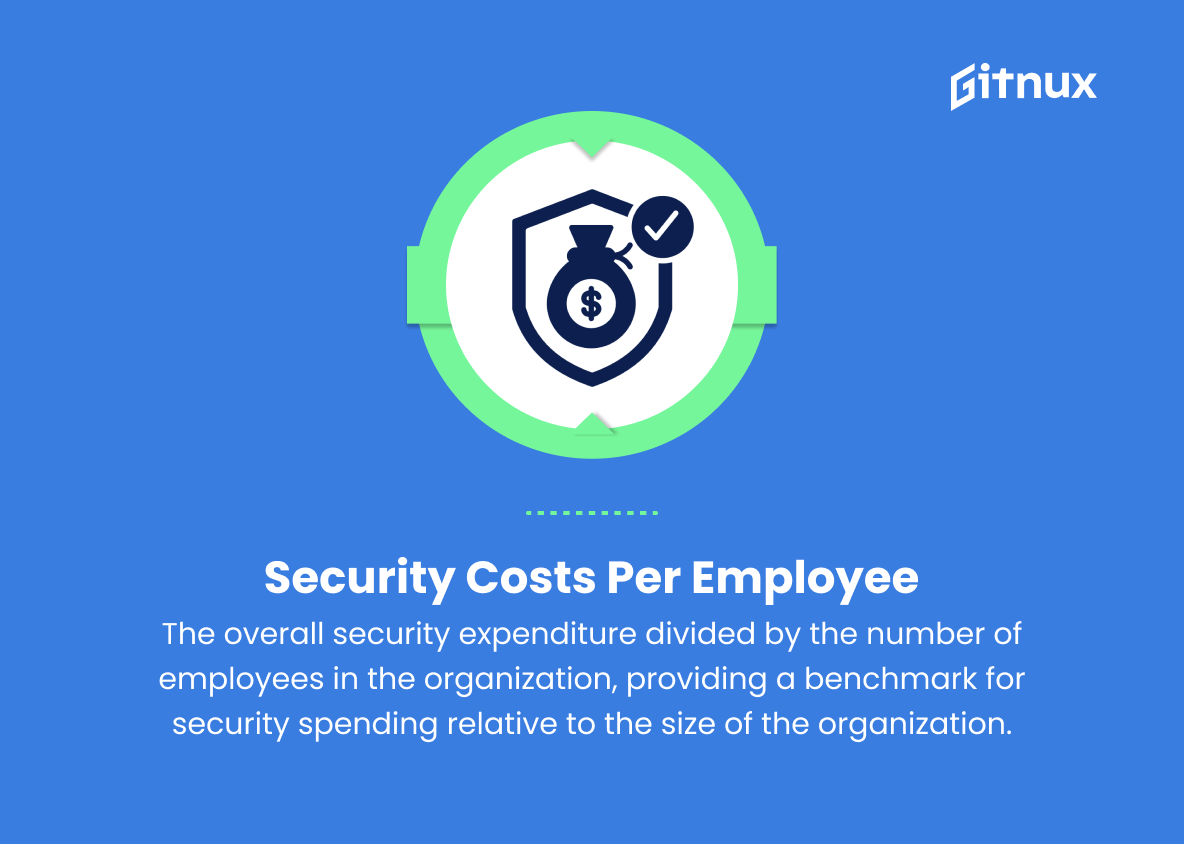In today’s rapidly evolving digital landscape, ensuring the safety and security of sensitive information has become a top priority for organizations across the globe. As cyber threats continue to grow in complexity, it has become imperative for enterprises to monitor, assess, and respond efficiently to potential risks to safeguard their most valuable assets. This blog post delves into the world of security metrics – a powerful tool to build a robust security posture and stay one step ahead of potential breaches.
By understanding the significance and implications of these metrics, organizations can make data-driven decisions, empowering them to develop a strong defense mechanism against the ever-increasing challenges in the realm of cybersecurity.
Security Metrics You Should Know
1. Time to detect
The amount of time it takes to discover a security breach or threat within an organization’s network or system from the initial moment of compromise.
2. Time to contain
The amount of time it takes for an organization to respond and contain a security breach or threat after it has been identified.
3. Time to remediate
The amount of time it takes to fully eliminate the security threat and restore normal system operations after the threat has been contained.
4. Number of security incidents
The total count of security-related events and incidents, including those that were successfully contained and mitigated, as well as those that resulted in a data breach.
5. Patch management
The percentage of systems and applications that are up-to-date with the latest security patches and updates, reducing the risk of vulnerabilities being exploited by malicious actors.
6. Mean time between failures (MTBF)
The average period of time between security failures in a system, indicating the overall stability and reliability of the system.
7. Incident response time
The time it takes for an organization to respond to a security incident, including investigation, analysis, and decision-making.
8. False positives
The number of security alerts that are incorrectly flagged as security incidents, contributing to waste in system resources and time spent on investigation.
9. False negatives
The number of security events that are not detected or flagged by security systems but are later found to be actual incidents, indicating a lack of effective security measures.
10. Percentage of systems and devices compliant with security policies
The overall percentage of systems, applications, and devices within an organization that meet the required security standards and policies.
11. Risk assessment coverage
The percentage of critical systems and applications that have undergone a thorough risk assessment, providing insight into potential vulnerabilities and areas for improvement.
12. User awareness training effectiveness
The percentage of employees who have completed the required security awareness training and demonstrated understanding of security policies and procedures.
13. Phishing success rate
The percentage of phishing attacks that result in a user providing sensitive information or taking an action that compromises the security of the organization.
14. Data loss prevention (DLP) effectiveness
The percentage of successful data breaches that are detected and stopped by data loss prevention tools, indicating the efficiency of DLP measures.
15. Security costs per employee
The overall security expenditure divided by the number of employees in the organization, providing a benchmark for security spending relative to the size of the organization.
These are just a few examples of security metrics that organizations can track to gauge the effectiveness of their security policies and practices, as well as identify potential gaps or areas for improvement.
Security Metrics Explained
Security metrics serve as vital indicators of an organization’s cybersecurity posture, enabling decision-makers to identify areas that require improvement and track the effectiveness of their security policies and practices. Metrics such as time to detect, time to contain, and time to remediate help organizations understand the speed and efficiency of their security teams’ abilities to identify, respond, and resolve breaches or threats.
The number of security incidents, patch management, and mean time between failures provide valuable insights into the overall stability and vulnerability of the organization’s systems. Key performance indicators like incident response time, false positives and negatives, and percentage of systems and devices compliant with security policies allow organizations to assess the effectiveness of their security measures.
Ensuring comprehensive risk assessment coverage, user awareness training effectiveness, and gauging phishing success rates contribute to bolstering the organization’s overall security posture. Additionally, measuring data loss prevention effectiveness and security costs per employee enables organizations to optimize their cybersecurity investments and resource allocation, thereby enhancing the security of critical systems and data while promoting a culture of security awareness within the organization.
Conclusion
In conclusion, security metrics play a critical role in assessing and fortifying modern organizations against the ever-evolving cybersecurity landscape. By implementing a comprehensive and customized set of metrics, companies can evaluate the effectiveness of their security efforts, identify vulnerabilities, and facilitate data-driven improvements. It is essential for organizations to continuously reevaluate and evolve their security metrics to meet current and emerging threats.
Ultimately, the success of an organization’s security strategy depends on its ability to adapt, learn, and integrate relevant security metrics into its operations. So, embrace the power of security metrics and fortify your organization against potential cyber attacks.
